Miss Holly Hendry
- Lecturer, Sculpture
Featured Media
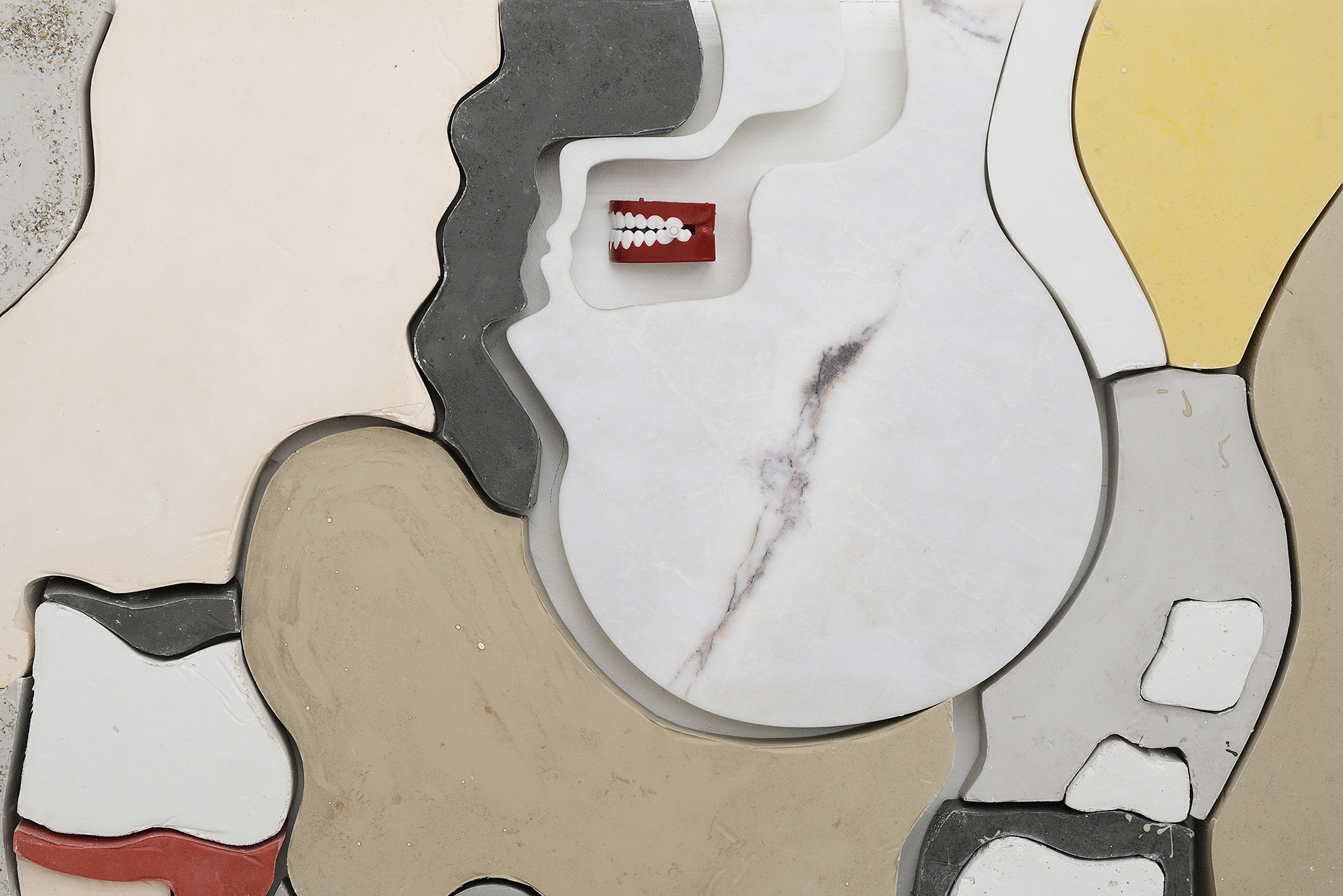
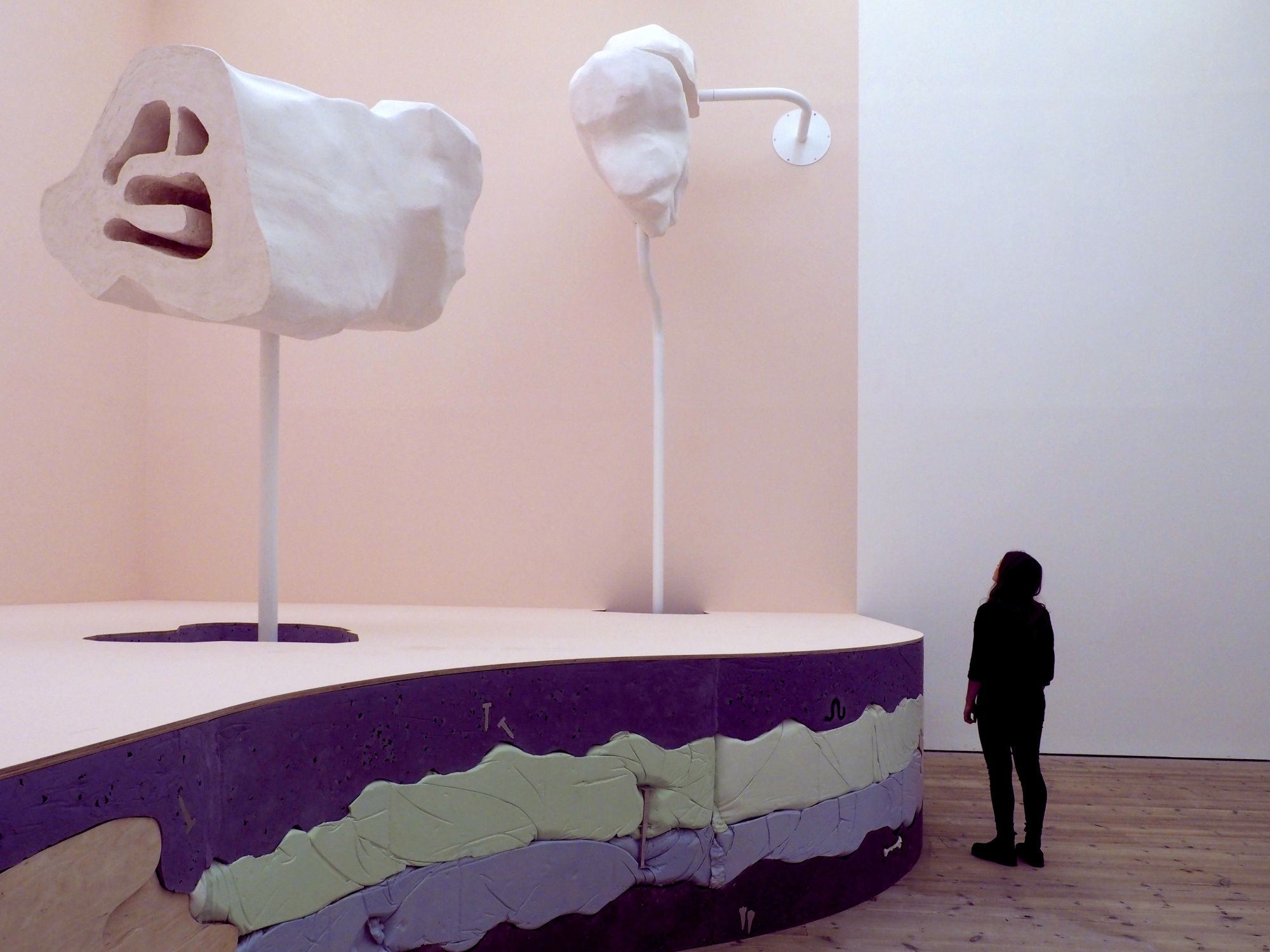
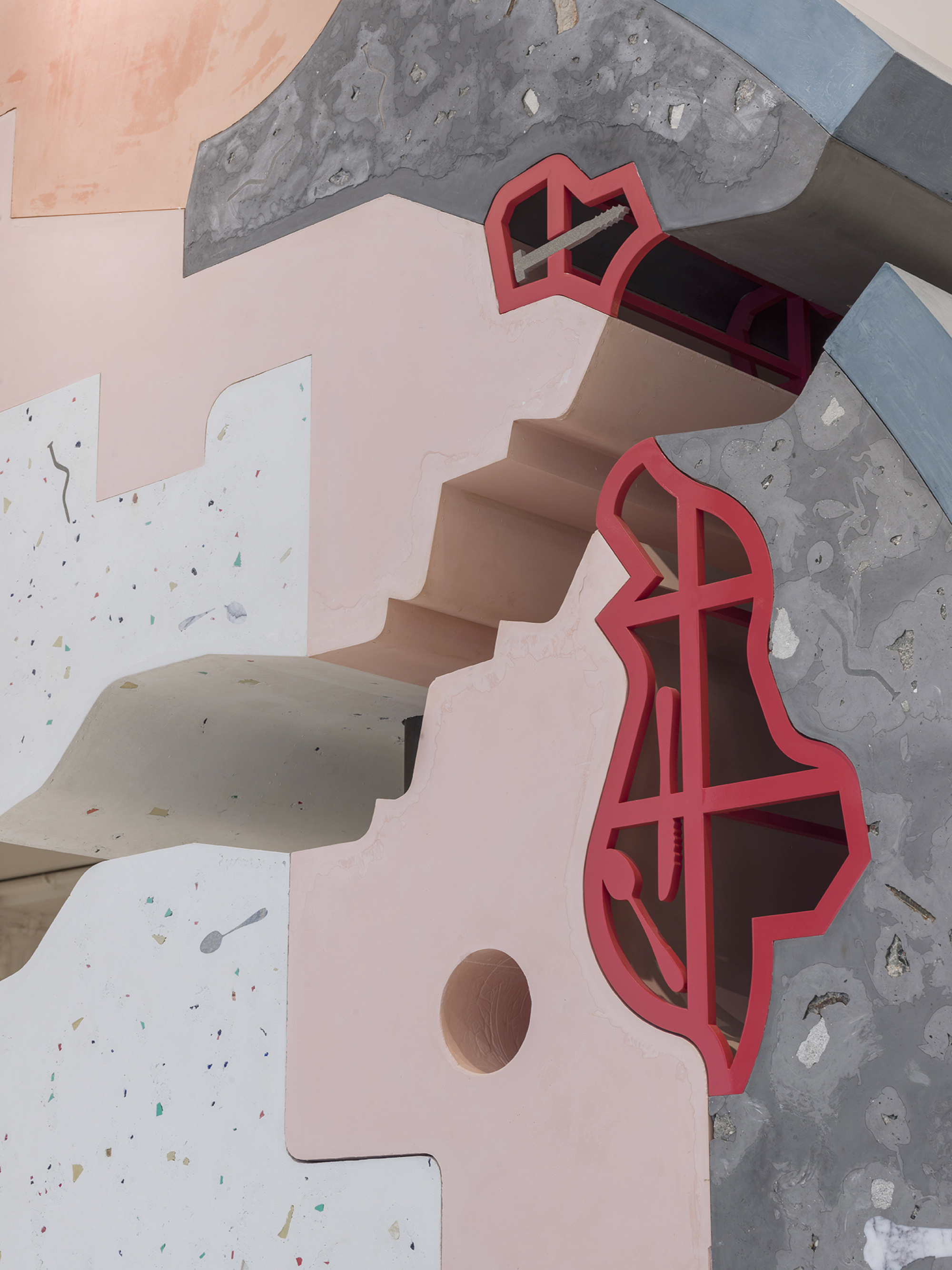
Andrew Meredith
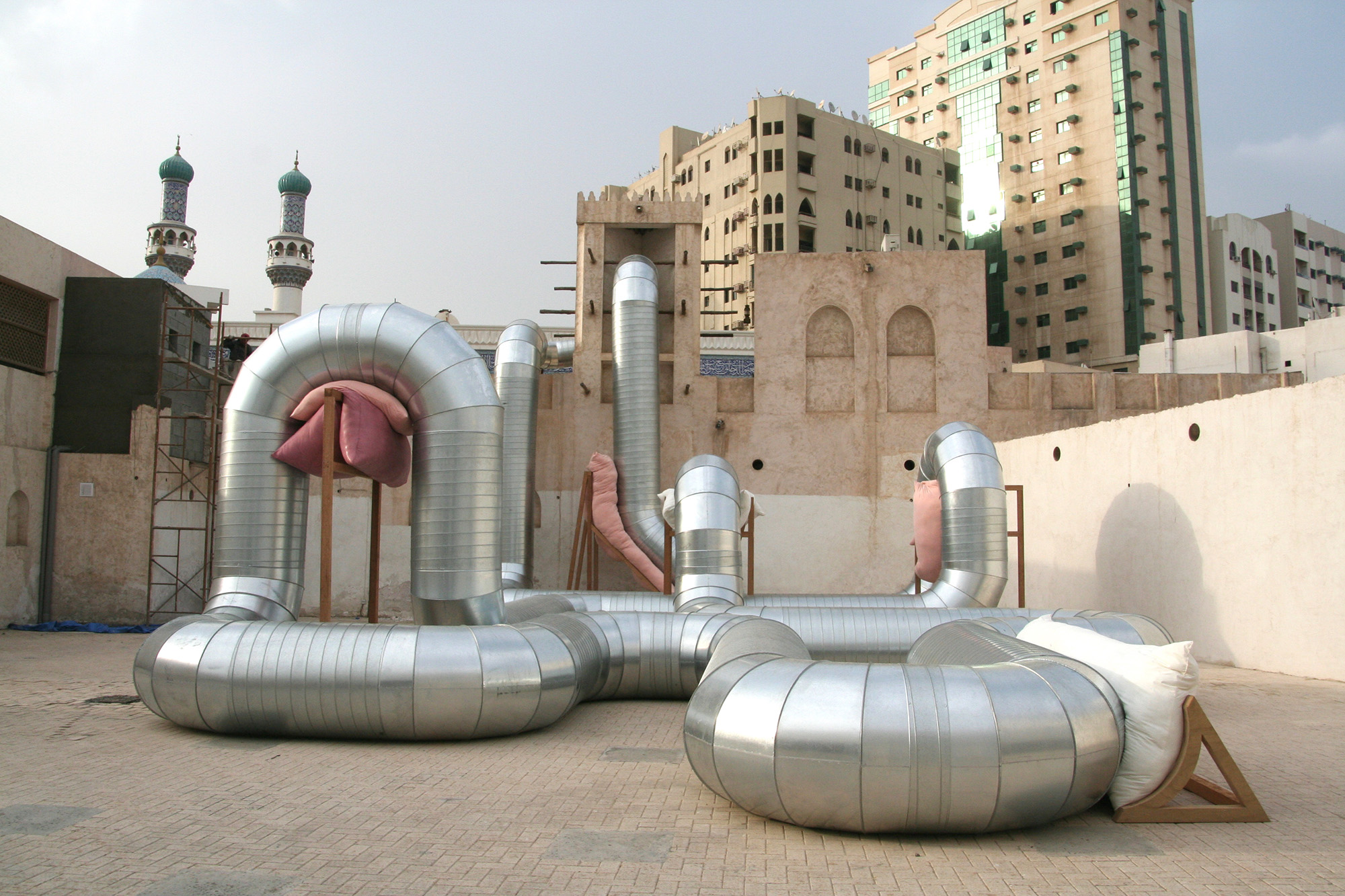
Sharjah Art Foundation
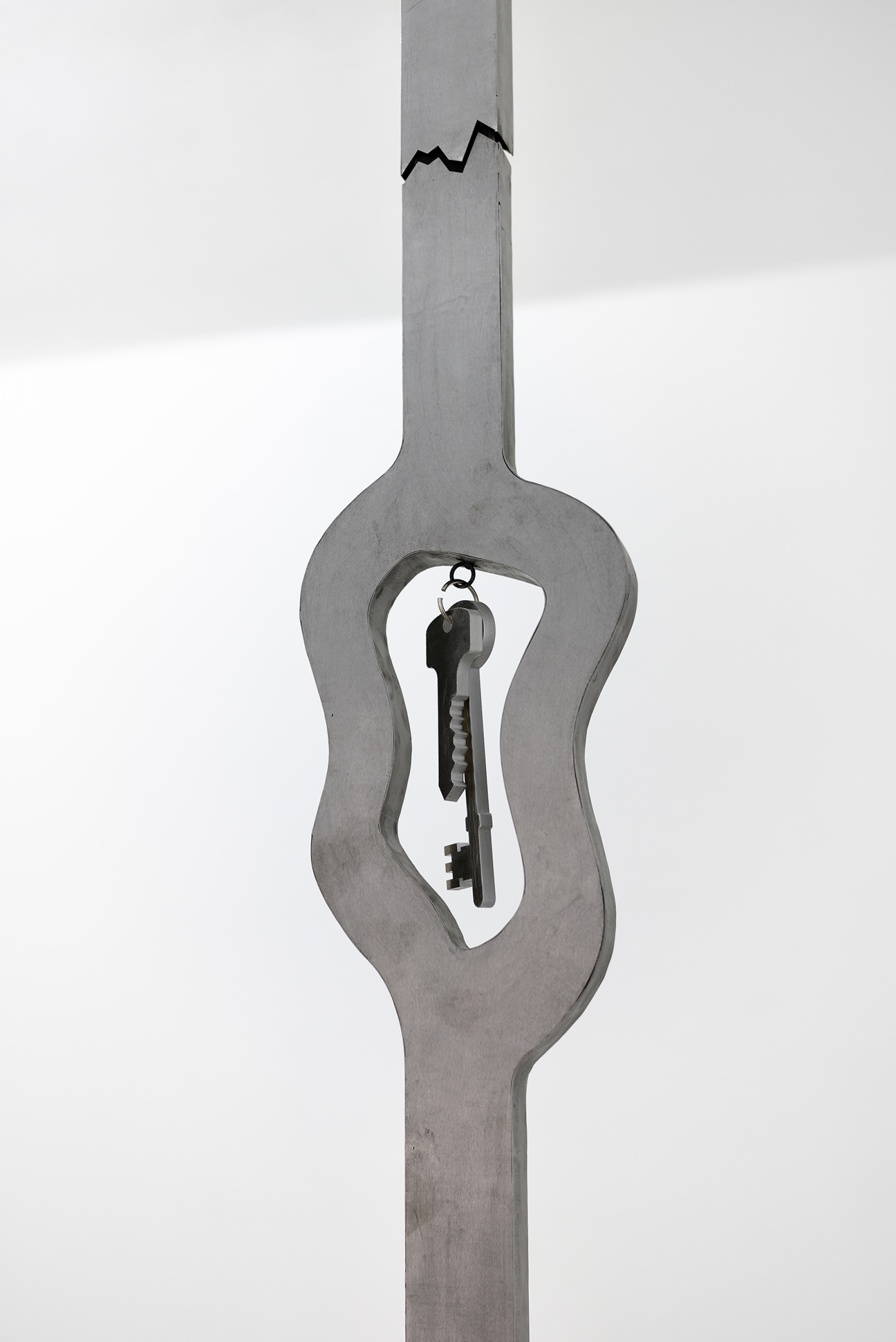
Torben Hoeke
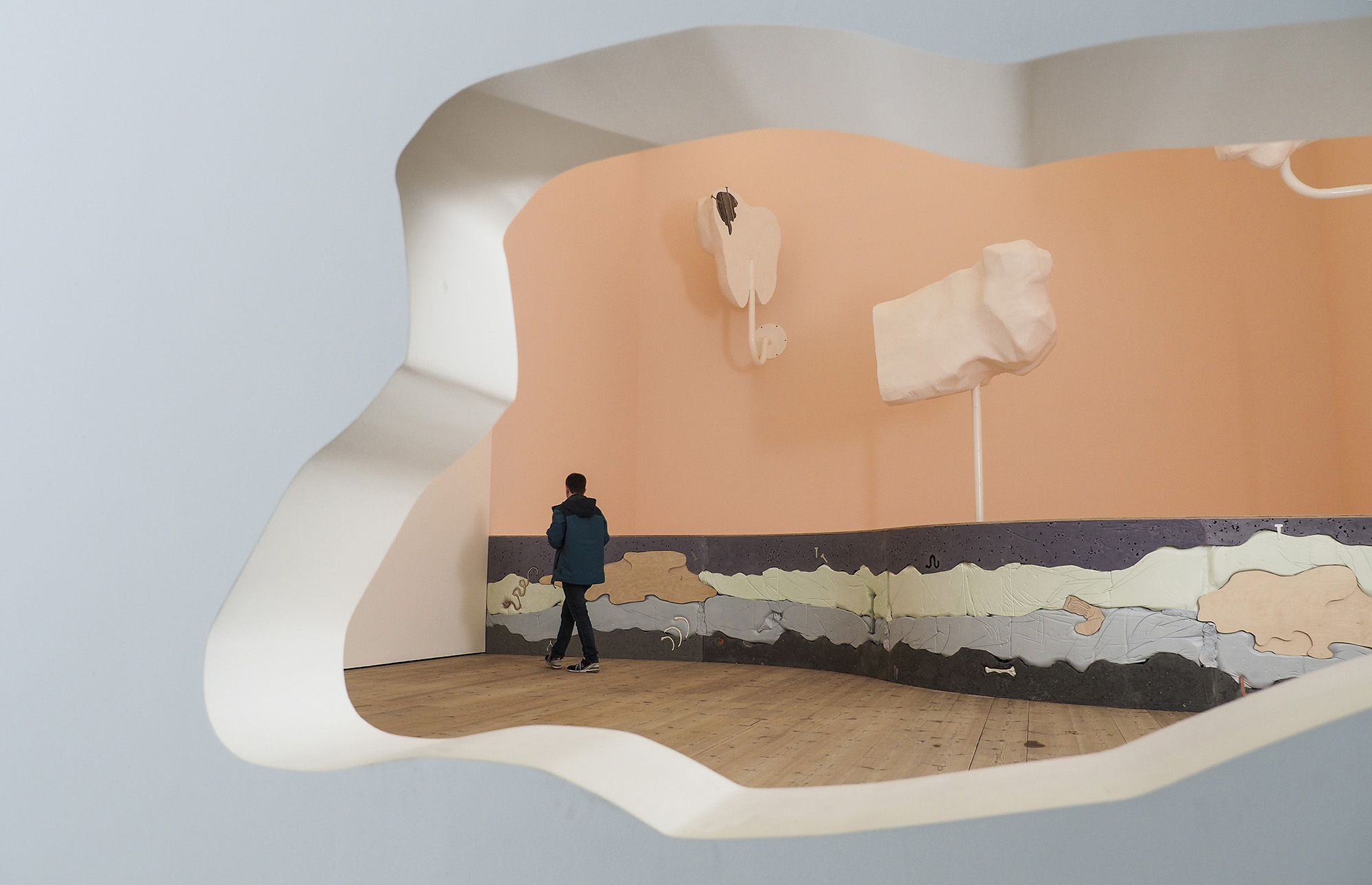
BALTIC Centre for Contemporary Art

Sharjah Art Foundation
Slade School of Fine Art
University College London
Gower Street
London
WC1E 6BT
Biography
Hendry lives and works in London. In 2018 she was Rome Fellow in Contemporary Art at the British School at Rome, and in January 2019 was awarded the Arts Foundation Award for Experimental Architecture.
Hendry makes sculptures that give physical form to ideas of emptiness, edges, flatness, fakes and forgeries - things that are missing or unknown. Hendry is interested in defining the architecture of spaces and their perceived limits by exploring scale, surface, colour and density using a wide range of materials in her installations.
Exhibitions
Busy Bodies 2020 - Stephen Friedman Gallery, London
In this new group of sculptures, Hendry incorporates sections of disembodied portraits that reveal their interior workings, taking formal inspiration from defunct machinery and diagrammatic depictions of anatomy. The works on view, several of which have kinetic elements, explore the blurred relationship between our bodies, emotions and mechanisation – stuck on repeat or requiring continual maintenance.
The Dump is Full of Images 2019 - Yorkshire Sculpture Park
'The Dump is Full of Images' is taken from the title from the Epilogue of Miles Orvell's book 'The Real Thing' where he discusses junk as a perceived system of disorder, but examines the idea of rubbish as the act of turning something manufactured (a copy) into something personalised and important again.
The exhibition presents one main kinetic work and two smaller wall-based sculptures. The exhibition addresses themes of decay, the body, material use and re-use, and bodily collisions with machines that are rooted in slapstick concepts. An investigation into the mechanical imitation was directed into the creation of a kinetic sculpture titled 'Slacker'. Slacker is a machine in the shape of a body lying down, which slowly rotates a rubbery band of inlaid silicone (mixed with plastic detritus) around a set of rollers that are reminiscent of a paper press. Brightly coloured images within the material include cartoon-like illustrations of what lies beneath the surface, in this case anatomy, food and detritus.
During the planning stages of the exhibition research and discussions were had with Professor Parik Goswami, Professor in Technical Textiles at Hudddersfield University, to discuss the connections between each of their interests and how they apply those in their respective specialisms. Goswami develops new materials for use in science and medicine and my own interest in this stems from research into the skin’s function as a barrier, sustainability and notions of touch.
Deep Vein Thrombosis 2019 - Fragor factory, La Biennale de Lyon, France
For the Biennial, the artist deploys a structure composed of air conditioning pipes, a way of revealing invisible systems, including the mysteries that haunt the subterranean of Lyon. Between these different pipes, the artist reveals sculpted forms like so many artefacts with lines simplified like cartoons, stranded like the piles of alimentary fats that pile up in the sewers.
Phyllis 2019 - Selfridges, London (in collaboration with Yorkshire Sculpture Park)
Phyllis takes its name from one of the digging machines used in the London Crossrail dig, one of the UK’s most extensive archaeological undertakings. Phyllis (the digging machine) was used to excavate a four-mile tunnel from Royal Oak Portal in West London to Farringdon via Bond Street (the site of the work). After completing her dig, it was decided that Phyllis was too big and heavy to be completely extracted from the tunnels, so having in effect dug her own grave, parts of Phyllis were left buried near Farringdon, providing material for future generations of archaeologists.
The sculpture 'Phyllis' is formally based on the digging machine, acting as a relic or memorial. The sculpture stands at nearly 4-metres tall and contains rubble from the dig, alongside silicone, chewed gum, soap, ash, grit, lipstick pigment, aluminium, steel, Jesmonite and marble.
(Dis)embodied Sculpture 2018 - British School Rome, Italy; Frutta gallery Rome, Italy; Yorkshire Sculpture Park, near Wakefield, Yorkshire, UK; Stephen Friedman London UK
Gum Souls 2018 - Frutta gallery, Rome
'Gum Souls' presented sliced or lobotomised anatomies in the form of a series of wall and floor based sculptures that are flat but fighting to be three dimensional, straddling the lines of human, toy and machine. Pigmented plaster sections are a fatter form of fresco technique, accentuated by a dependence on the surrounding architecture, like backbone to body, forcing parts together and upright against the walls. These bodies are half human half diagram, based on anatomy and instruction manuals for domestic appliances such as wiring and plumbing manuals.
The works utilise techniques of the caricature, with exaggerated line or proportion, drawing parallels with the medical cortical homunculus – a visual representation of the human body where proportion is linked to sensory function. They are made from pigmented plaster, marble, cement and sculptural materials that are combined with more unusual objects that originate from the dressing up box or toy shop.
Cenotaph 2018 - Exchange Flags, Liverpool
The word Cenotaph means an empty tomb a monument erected in honour of a body which is buried elsewhere. In this sense, the work references the idea of the networks and tunnels, and the history of these absent spaces and stories around it that make up the city’s invisible architecture. Exchange flags has a particular connection to tunnelling and underground spaces, being completely hollow beneath the flagstones, and housing the underground bunkers and tunnels used in WW2.
Cenotaph was a site specific artwork commissioned for Liverpool Biennial 2018. The sculpture acknowledges the real and imagined tunnels under the city, appearing like giant sections of a drain pipe or an internal or ‘mould’ sections. The work draws on materials that relate to past and future circulatory systems and underneath spaces or voids.
To bring together this new work, i researched materials and material processes tied to Liverpool, particularly the techniques of the major ship builders of Merseyside. There was specific interest in the techniques of the major ship builders of Merseyside, where wooden forms of replica engine parts were used as a traditional means of testing voids in the ships where the actual engine parts would later fit. The wooden supports in the work mimic these techniques as well as impromptu supports used in boat building.
Underlands 2018 - Exchange Flags, Liverpool UK; Yorkshire Sculpture Park, Yorkshire, and Selfridges, London, UK; Domaine Pommery, Reims, France; La Biennale de Lyon, Lyon, France
Wrot 2017 - Baltic Centre for Contemporary Art, Gateshead UK
Wrot presented an entirely new body of work for the BALTIC level 2 space. Using a variety of materials, from Jesmonite and plaster to foam, wood, steel and water-jet cut marble, a geology of oozy forms was created, peppered with comic elements, such as dog chew bones and spinning plaster teeth. The exhibition was an investigation into the underneath and backsides of things, using cross-sectional cuts that make insides become edges, revealing their dirty innards. An attempt to talk about absence through presence and offer intimacy without proximity. The sugary colours and cartoon content examine the very human aspects of laughter and death.
The title of the show itself Wrot is a definition used in the building trade to refer to timber with one or more sides planed smooth. Surfaces are important in the work - primed, polished and finished - the applications we use to protect and conserve materials and what we use to cover things up or conceal. It also references rotting, decay or breakdown and things happening under the surface that the cross sections or slices allow viewers to explore.